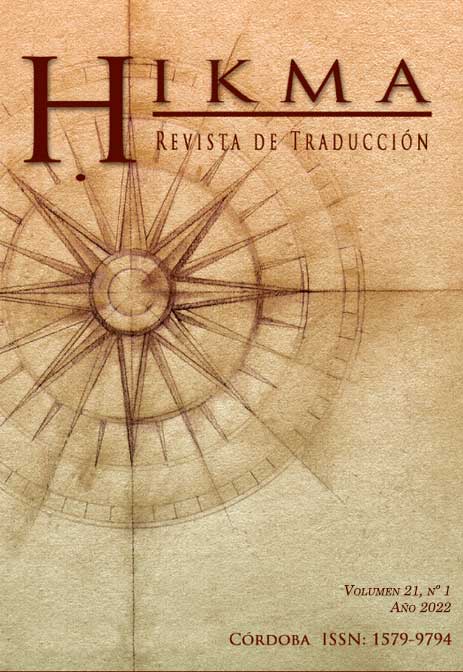Translating Proverbs in The Gulistan of Sa‘di: Developing a New Taxonomy Based on Baker’s (2011) Model
Main Article Content
Abstract
A translator needs to possess a wide socio-cultural and literary knowledge in order to be able to translate idiomatic expressions in general, and proverbs, in particular. The present study is an investigation into the Rehatsek’s (1888) English translation of proverbs of Sa‘di’s Gulistan (1258/2000), as a classical Persian masterpiece. Baker’s (2011) set of strategies for translating idioms was employed as an initial framework for data analysis. The findings indicated that Rehatsek had merely resorted to either literal translation or total omission. Moreover, it was found that Baker’s consideration of ‘paraphrasing’ as the most common way of translating idioms could not be confirmed in the case of Persian proverbs in The Gulistan. It was found that literal translation is by far the most common strategy for translating Persian proverbs into English with 98 per cent. It was found that there could potentially be some other strategies, besides those referred to by Baker, for rendering proverbs. Finally, six strategies were proposed for translating proverbs into literary texts
Downloads
Article Details

This work is licensed under a Creative Commons Attribution-NonCommercial-ShareAlike 4.0 International License.
Authors who publish with this journal agree to the following terms:
1. Authors retain copyright and grant the journal right of first publication with the work simultaneously licensed under a Creative Commons Attribution License that allows others to share the work with an acknowledgement of the work's authorship and initial publication in this journal.
2. Authors are able to enter into separate, additional contractual arrangements for the non-exclusive distribution of the journal's published version of the work (e.g., post it to an institutional repository or publish it in a book), with an acknowledgement of its initial publication in this journal.
3. Authors are permitted and encouraged to post their work online (e.g., in institutional repositories or on their website) prior to and during the submission process, as it can lead to productive exchanges, as well as earlier and greater citation of published work (See The Effect of Open Access).

